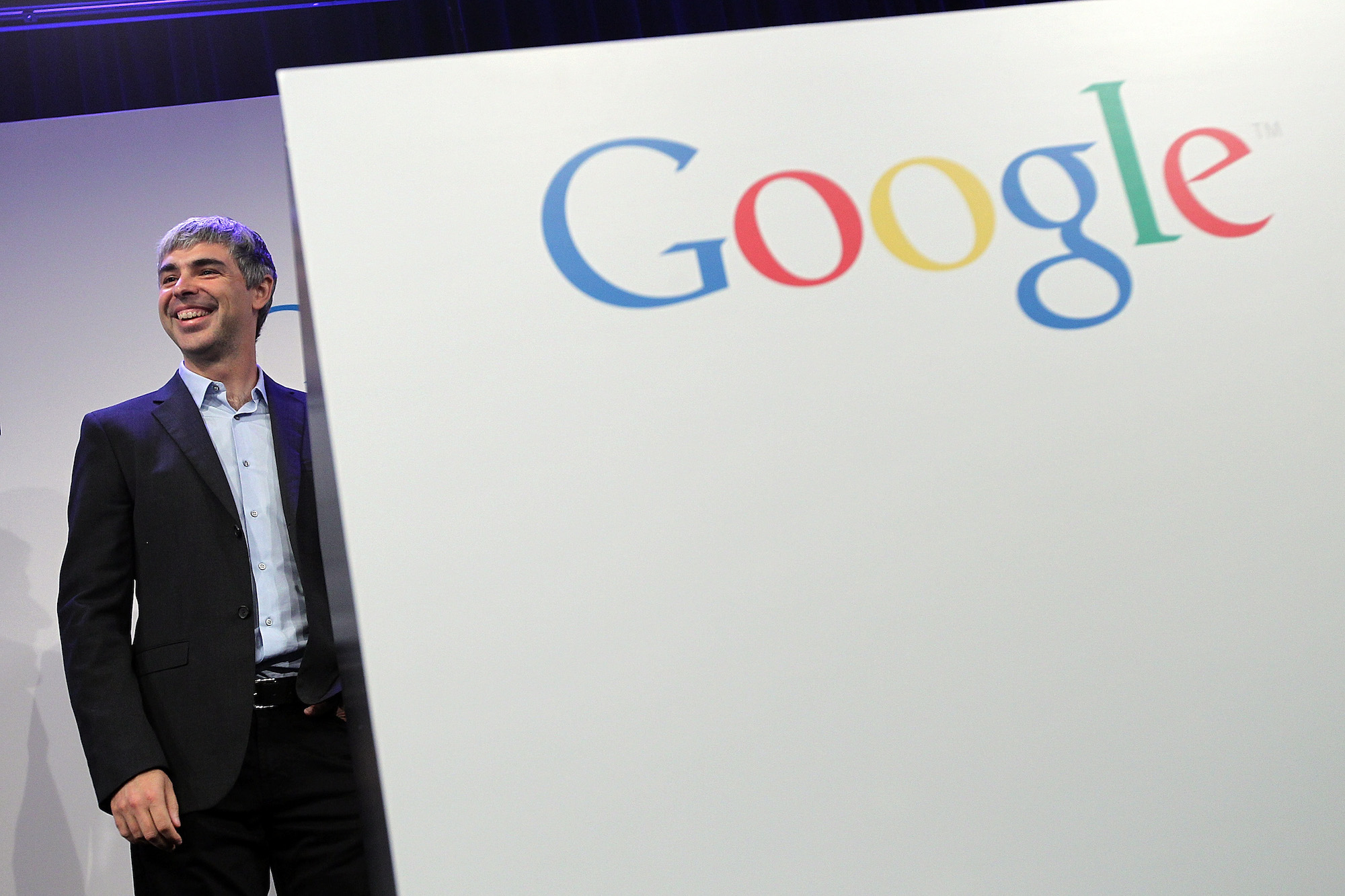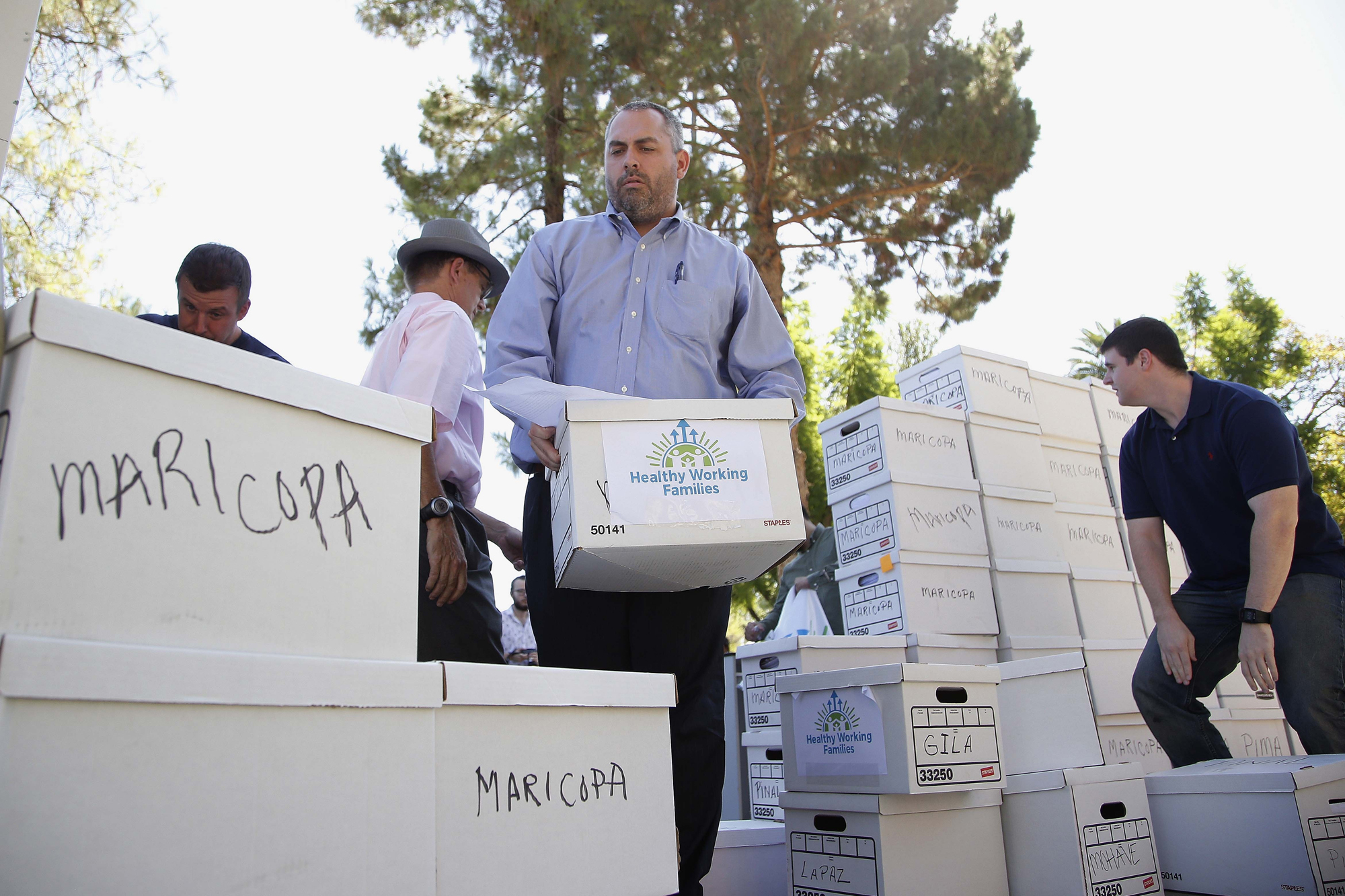Two weeks ago, Google announced that it would no longer allow bail bond providers to advertise on their platform. The company pointed out that the $2 billion bail bond industry profits off “communities of color and low-income neighborhoods when they are at their most vulnerable,” and said its decision will help protect users from “deceptive or harmful products.”
Google credited an odd arrangement of organizations for helping them with the decision, including the Essie Justice Group, a collective of women seeking to end mass incarceration, and Koch Industries, a multinational conglomerate run by the richest oil tycoons in the country.
Get TalkPoverty In Your Inbox
Facebook announced later that day that it would also ban bail bond ads, but that the details were “still being worked out.”
Aside from predictable backlash from bail bond providers, the joint decision has been relatively uncontroversial. The bail bond industry is, truthfully, about as scummy as it gets. Bail bondsmen require clients who can’t afford bail to pay a non-refundable portion of the bail they owe (usually about 10 percent), and even after they meet all their court appearances and the money is returned, the clients get nothing back—and they’re often charged loan fees that accrue after their case is resolved, pushing them further into debt. The practice is so despised that the United States and the Philippines are the only two countries in the world that even allow for-profit bail businesses to exist.
It’s not yet clear how effective blocking these ads will be. However, Google and Facebook’s decision is significant not for the effect it’ll have, but for what it represents: The movement to end cash bail has built enough momentum to get two of the largest companies in the world on its side. Behind the tech giants’ decision is an army of grassroots groups leading local movements to end bail—and their weird, cutting-edge, creative methods of gaining popular support.
* * *
One of the most persistent myths about America’s justice system is that defendants are innocent until proven guilty. In practice, the opposite is true: Defendants are assumed guilty, jailed, and only released before trial if they can afford to pay their bail.
Around 70 percent of the more than 700,000 prisoners in America’s jails have not been convicted of a crime. Most are in jail because they can’t afford to pay for their freedom, and they weren’t lucky enough to be released on “recognizance,” or without bail. In New York, only 1 in 10 defendants can afford to pay bail at arraignment. The rest are forced to await their trial behind bars, which can sometimes last years.
Even just one or two days in jail can have life-altering consequences. Ezra Ritchin, director of operations at The Bail Project and the former director of the Bronx Freedom Fund, an organization that pays bail for New Yorkers who can’t afford it, says, “A lot of the things you see in our justice system happen in those first few days.” If people don’t show up for work the next day, they could lose their job. If they’re homeless and don’t sign in for a shelter, they could lose their housing—and if just one family member doesn’t sign in because they’re in jail, their whole family could be living on the street. The first few days are also when people are most likely to die in jail, including by suicide, and it’s when inmates are most likely to be the victim of physical and sexual abuse.
Prosecutors use the threat of jail to force people into accepting plea deals, even if they’re innocent. More than 90 percent of New Yorkers who can’t afford bail will end up pleading guilty, even if they didn’t commit a crime, simply because they want to go home.
“You’re sitting in jail, and you’re told that if you maintain your innocence, then you have to stay in jail and wait it out,” explains Ritchin. “But if you plead guilty, you get to go home to your family and your community.”
Like all instruments of mass incarceration, bail takes the heaviest toll on black and brown communities. Black people are already much more likely to be arrested than their white counterparts for the same crime—up to 15 times more likely for certain low-level offenses like marijuana possession. They’re also less likely to be able to afford to pay for their freedom. The median bail for felony convictions is around $10,000, which is more than what most black women who can’t pay their bail made in the entire year before they were incarcerated. But even smaller bonds for misdemeanors are out of reach for most defendants: A 2012 report found that even when bail was set below $500, a majority of New York City defendants—almost 90 percent of whom are black or Hispanic—couldn’t afford it.
The Bronx Freedom Fund started out of the Bronx Defender’s Office in 2007, where public defenders witnessed firsthand the devastating effects of a system that incarcerates people for not having enough money. The Freedom Fund pays bail for people accused of misdemeanors so they can stay in their communities while they stand trial. In 2017, the fund bailed out almost 1,000 people, and more than 50 percent of them had their cases dismissed entirely.
Now, a growing number of people are recognizing the power of bail funds to directly fight against systemic racism. Ritchin says that a large part of the Freedom Fund’s donations come from people who “read some articles, see the website, and are looking to make a direct contribution to the fight against mass incarceration.”
“One really beautiful thing about a bail fund,” says Ritchin, “is that you get to say, ‘I’m interested in pushing back against mass incarceration, and now there’s one less person who’s sitting in jail.’” And bail fund money is revolving, so once someone meets all their court dates—as 96 percent of the Freedom Fund’s clients do—the money is returned and can be used to bail out someone else.
* * *
Aside from Koch Industries and the Essie Justice Group, Google also credited another organization for influencing its decision to block bail bond ads: Color of Change. Color of Change is the country’s largest online racial justice organization, and a major partner of National Bail Out, a collective of black organizers working to end pretrial detention and mass incarceration. Last year, Color of Change worked with National Bail Out to raise money for Black Mama’s Bail Out Day, a campaign to bail out incarcerated mothers on Mother’s Day.
“Our ultimate goal is to end money bail,” said Clarice McCants, Color of Change’s criminal justice campaign director.
Last year, National Bail Out bailed out more than 120 mothers for Mother’s Day. This year, they bailed out mothers in 16 cities, saying “We will bail out mama’s in all of our varieties. Queer, trans, young, elder, and immigrant.”
National Bail Out has paid more than $600,000 in bail to a network of dozens of community bail funds that includes the Bronx Freedom Fund. As this network has grown in recent years, so, too has its methods of collecting donations. One of National Bail Out’s largest sources of funding is Appolition, an app that allows people to donate spare change from credit card purchases to help end mass incarceration. In its first five months, Appolition raised $130,000.
Another funding source that has sprung out of this movement is Bail Bloc, an app that runs in the background of your computer, mines cryptocurrency, sells it, and donates the funds to Bronx Freedom Fund.
“Bail is a form of currency mining,” explains Maya Binyam, editor at The New Inquiry and one of Bail Bloc’s co-leaders. She says that cryptocurrency mining bears a “rhetorical relation” to bail. “The state incarcerates people before they’ve been convicted of anything and then forces them to pay for their own release. Bail Bloc allows you to offer your computer as the target for that mining in their stead.”
The app uses about as much energy as running a YouTube video. If you have it open during business hours from Monday to Friday, it’ll up your electricity bill a few dollars per month, and generate roughly an equivalent amount of the cryptocurrency Monero—essentially shifting the burden of the donation from you to whoever pays for the electricity that you’re using.
On Christmas day, after three months of mining from roughly 1,000 daily users, Bail Bloc donated $3,333.77 to the Freedom Fund.
“We want this technology to be available to people who don’t have $100 to donate to a bail fund, but nevertheless use electricity at the institutions they move through—schools or gentrifying coffee shops,” explains Binyam. This is one of her favorite parts of the project. “I worked at a day job where I was one of the only people of color, and there were a bunch of racist people in the office. And I just downloaded it on a bunch of work computers, and it felt kind of like a good ‘fuck you.’”
The most common critique they’ve heard is that there are more efficient ways to donate toward ending mass incarceration than mining Monero—which Binyam sees as positive. “Instead of saying, ‘Why are we donating money toward bail?’ people are saying, ‘There’s way more efficient ways to donate money toward bail,’” she says. “Which is kind of amazing.”
Binyam says that Bail Bloc was designed to court public opinion and lift up the work of activists leading the fight against cash bail, like National Bail Out and the Bronx Freedom Fund. Grayson Earl, one of the creators of Bail Bloc, says he was also inspired by Black Mama’s Bail Out—a common refrain in these types of movements. One campaign will inspire another, which inspires would-be organizers to start their own community group, then artists and techno-utopians add their own ironic twist, and pretty soon the movement has become so massive and culturally relevant that Google, Facebook, and Koch Industries are trying to get a piece of it.
“The system is unjust enough that it requires organizations to be attacking it from every angle,” says Ritchin. There may be plenty of groups that have joined the fight against mass incarceration, he says, “but there’s even more groups jailing people.”











